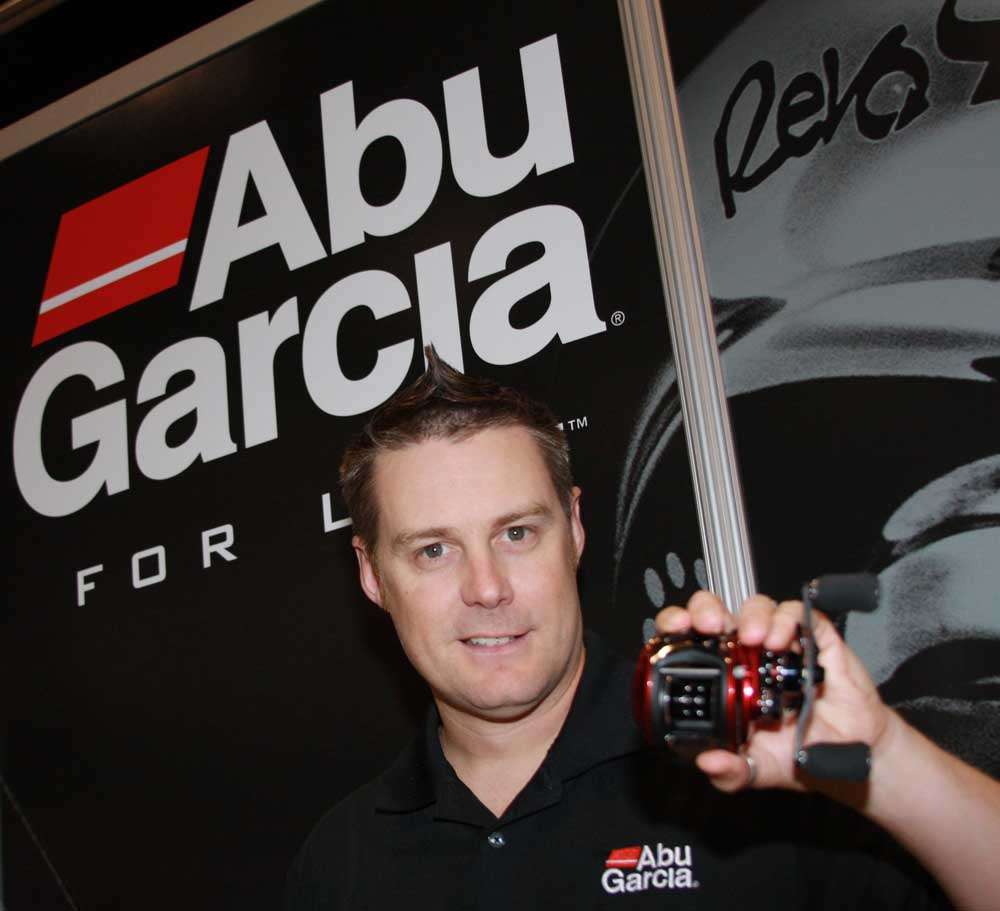
Not to date myself, but when I got into bass fishing the fastest baitcasting reel on the market had a gear ratio of 3.5:1. If you bought a Gator Grip conversion kit, you could ratchet it up to 5:1. Fishing spinnerbaits and buzzbaits at 3.5:1 was work, as you can imagine.
Sometime in the early 1980s, the 6:1 “barrier” was broken (though I can’t remember who did it) and a few years later Daiwa came out with the PT33SH, which was a lightning fast (for its day) 7.1:1. I still have one of those reels in my garage and used it for years when fishing lipless crankbaits.
Then reel speeds stalled. The seemingly never-ending trend toward faster reels took a break … for a while. The “need” was still there, but the demand was gone as anglers shifted to Carolina rigging, finesse fishing with spinning gear and other techniques that didn’t require fast casting tackle. Even the heavy-duty crankers of the day, like 1993 Bassmaster Classic champion David Fritts, were preaching the virtues of slower retrieves (around 4:1) that didn’t “overwork” the baits.
Eventually, though, the pendulum swung back, and the need for speed returned. What drove it was what has always driven rod and reel development in the fishing market — tactics and techniques that require (or at least prefer) specialized equipment. In particular, two things pushed the market toward faster reels: (1) the decline of finesse fishing and growth of power fishing and (2) pitching.
Power fishing for bass has always been popular, though it lacked that cool term until the ’90s. Before there was Kevin VanDam, there was Rick Clunn, Hank Parker, Jimmy Houston and a bunch of other anglers who earned their keep by chunking and winding horizontal baits.
Flippin’ came out of California in the early 1970s. Within 15 years or so, flippers were outnumbered by pitchers who preferred short, precise underhanded casts that may not have been quite as subtle as flips but were faster, covered more water and were more efficient. Despite the fact that flippin’ used heavy line, it was really a finesse technique. With flippin’, all the reel did was hold the line. Pitching was (is) a different style of casting, and it’s power fishing all the way. In the late ’70s, a few top pros could flip. By the early ’90s, every serious bass angler had at least one flippin’/pitching outfit in his boat at all times.

If you don’t think bass tactics are subject to the whims of fashion and trends, you’re just not paying attention.
Power fishing and pitching demand faster reels. Power techniques draw reaction strikes, and are about speed. Pitching is all about making multiple presentations quickly and efficiently, and you can’t do that with a slow reel.
So reel manufacturers went back to their engineers and looked for ways to add speed. Soon, reels with gear ratios of nearly 6:1 were standard. By the 2000s, they picked up a little more speed. Now, in the 2010s, you’d be hard-pressed to find a bassin’ buddy without several 7:1 casting reels in his rod locker. That’s about twice as fast as the fastest reel available when I started some 40 years ago.
And the evolution isn’t over. (Evolution never is.) Now we have casting reels with gear ratios of better than 8:1 and at least one at 9:1. Of course, gear ratio is at least partly a distraction. What anglers should focus on is just how much line a reel picks up for every turn of the handle, which the industry refers to as inches per turn or “IPT.” That is currently topped out at around 37 inches.
Where will it stop?
I posed that question to some of the top engineering and marketing minds in the reel industry.
Q: First, what’s your fastest casting reel?

Scott Castleberry (Daiwa): The Tatula at 8:1 (33.9 inches per turn).
Rick Collins (Lew’s): The TS1XSMB at 8.3:1 (35 inches per turn).
Chris Strickland (Quantum): The Smoke SL100XPTA at 8:1 (35 inches per turn).
Dan Thorburn (Shimano): The Metanium 100XG at 8.5:1 (36 inches per turn).
Andrew Wheeler (Abu Garcia): The Revo Rocket at 9:1 (37 inches per turn).
Q: Where do you see the market in five years — what will be “fast” then?
Scott Castleberry (Daiwa): “Reel size is a limitation. To get faster, the drive gear needs to be larger, but that’s limited by reel size and angler comfort. We may be semi-topped out around 9:1, which is about the same as a 6:1 spinning reel in terms of inches per turn.”

Rick Collins (Lew’s): “I think gear ratio may top out at around 10:1 in five years. Of course, inches per turn is what really matters and our limiting factor is the loss of power when reels get faster.”
Chris Strickland (Quantum): “If we don’t get to 10:1, I’ll be surprised. Our engineers tell us that nothing is impossible, so 12:1 could be attainable.”
Dan Thorburn (Shimano): “They may get as fast as 12:1, but it will be driven by fishing applications and techniques. Fishermen and the lure companies drive things. Rods and reels catch up. In recent years, the Alabama Rig and big, deep-diving crankbaits like the Strike King 10XD have started to create new rods and reels for those techniques. If the demand is for faster reels, we’ll be in the mix.”
Andrew Wheeler (Abu Garcia): “I think we’ll top out at around 10:1 in terms of gear ratio, but with inches per turn and spool size, we might get up around 38-39 IPT.”





